![The E3D-Online tool-changing 3D printer [Source: Fabbaloo]](https://fabbaloo.com/wp-content/uploads/2020/05/image-asset_img_5eb095d28369f.jpg)
We had a chat with E3D-Online about their revolutionary tool-changing multi-material 3D printer.
The tool-changing concept is quite fascinating because it enables multi-material filament 3D printing in a very different way. Early attempts at multi-material filament 3D printing involved simply bolting another hot end onto a machine, but that proved challenging as two nozzles had to be perfectly aligned, but still often interfered with each other.
The second and more common approach today is to use a single nozzle, but one that’s fed by more than one filament. This eliminates the hot end interference — because there’s only one — but introduces a new problem: mixing. When the material is changed, the nozzle must be purged of the previous material. This is done by wastefully pushing through material until the new material is “pure”. While this approach works, it wastes sometimes more material than is required for the object itself, and delays the print enormously.
E3D’s tool-changing concept is different. Instead of the above two methods, they instead use a dynamically swappable hot end system. In their prototype, the device is equipped with four different hot ends. The motion system has a “cradle” that can quickly attach hot ends, which are stationed at the ready at the rear of the machine.
This system also eliminates hot end interference, but without any delays, since each hot end is dedicated to a specific material. But the cost is the requirement to swap hot ends frequently, although each swap is quite rapidly completed.
Of course, the company is most well-known for their extremely popular line of hot ends and extruders, which are frequently found on desktop 3D printers from many vendors. They know a thing or two about hot ends, and thus this style of solution came naturally to them.
But does the system work? According to E3D, it most certainly does. They have around 30 machines “in the wild” being beta-tested by friendly 3D printer operators at this time. In addition, they have subjected the machine to torture tests to see if it survives. One such test involved an enormous six-day-long 3D print job, which required over 400,000 tool changes. Evidently this test succeeded.
![Nozzle cleaning system on the E3D tool-changing 3D printer [Source: Fabbaloo]](https://fabbaloo.com/wp-content/uploads/2020/05/image-asset_img_5eb095d2d18f6.jpg)
E3D Tool Changer Release Date
We spoke to E3D about the progress of the system, and they said that they expect to be shipping the device at the end of this July, which isn’t that far away.
At this stage their design is frozen and apparently they’ve ordered the parts required to build the machine in volume. The final design included two notable changes, one being a finely-machined aluminum bar for additional rigidity, and secondly the installation of more powerful motors that enable more rapid movements. Check out the speed here:
E3D Tool-Changer Pricing
Pricing for the tool-changer is a bit confusing. The entire system is sold as a kit, as you might expect from a components manufacturer. However, E3D recognizes that some buyers may already have in their possession some components that could be re-used. Thus the kit is actually a collection of separately ordered parts. Here’s an “indicative” price list:
-
1 x Motion System £1,350
-
1 x ToolChanger Coupler £150
-
4 x V6 Bowden Tools £100 each
-
1 x Duet Wiring Loom £100
-
1 x High Temperature Heated Bed £110
-
1 x Glass Bed £35
-
1 x SSR £14
-
4 x Titans (2 Standard & 2 Mirrored, 1.75mm, Bowden Adaptor) £60.50 & £65.50
-
1 x Duet Wi-Fi £120
-
2 x PT100 Daughterboards for Duet Wi-Fi £27.60 each
-
1 x Duex5 £82.50
The total, if you are buying all of the above to build a system from scratch, is around £2,500 or near US$3,200. That’s quite a bit more than you’d pay for a single extruder 3D printer kit, but on the other hand, this machine has four! For price perspective, a better comparison might be to the Stacker S4, a quad-3D printer, which is currently priced at US$10,999, almost three times the price of the E3D option.
While reports from the E3D beta testers have been positive, we’re interested to hear the experience of regular buyers once the product is released in July.
Via E3D-Online

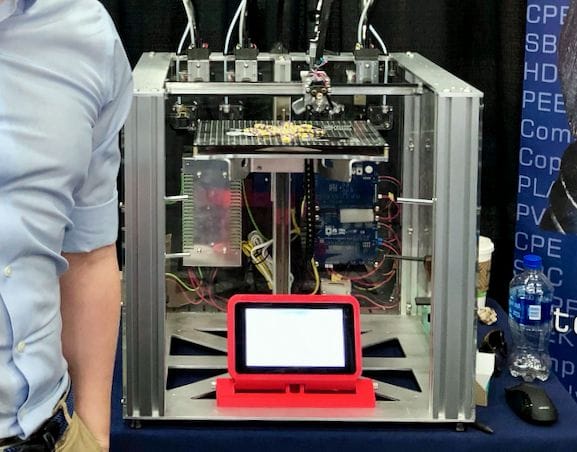

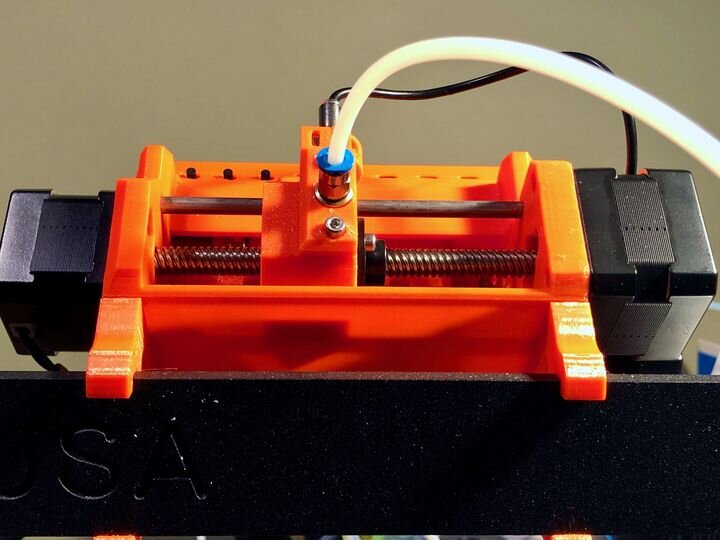
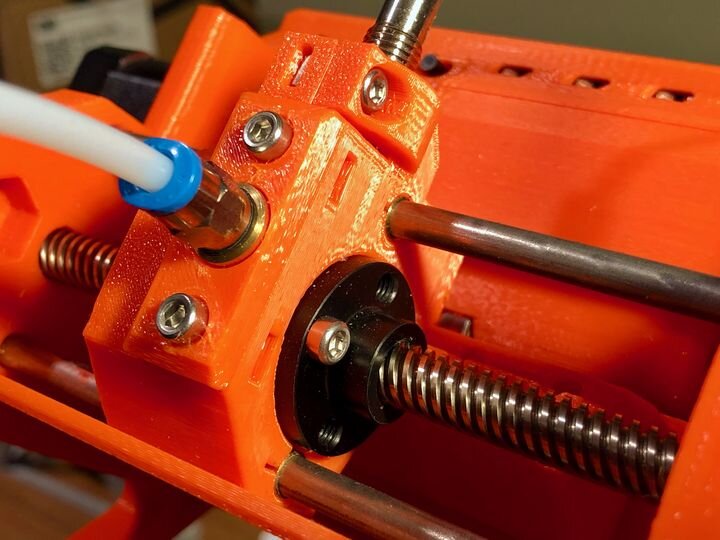

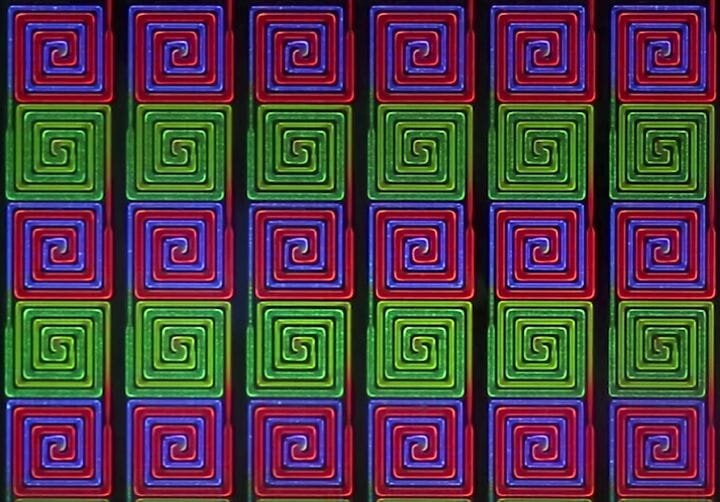
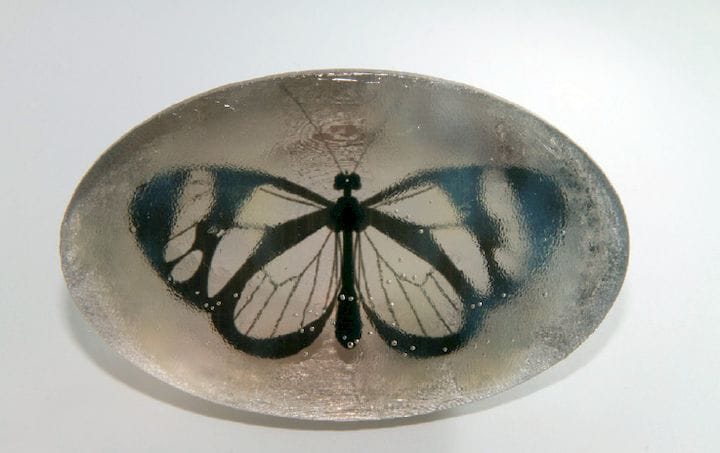
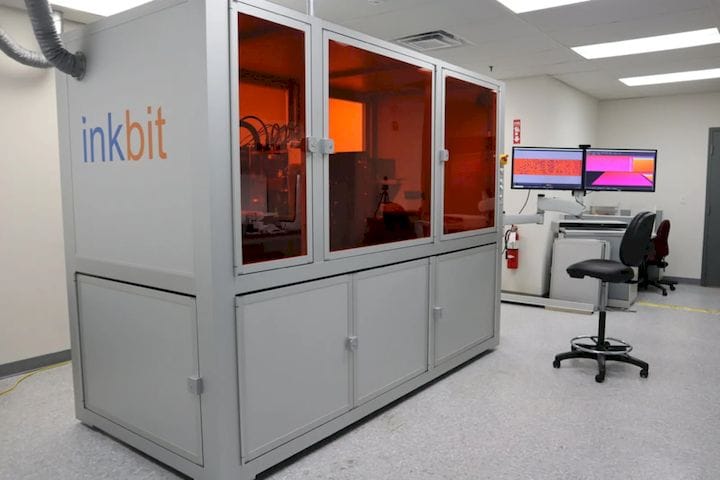
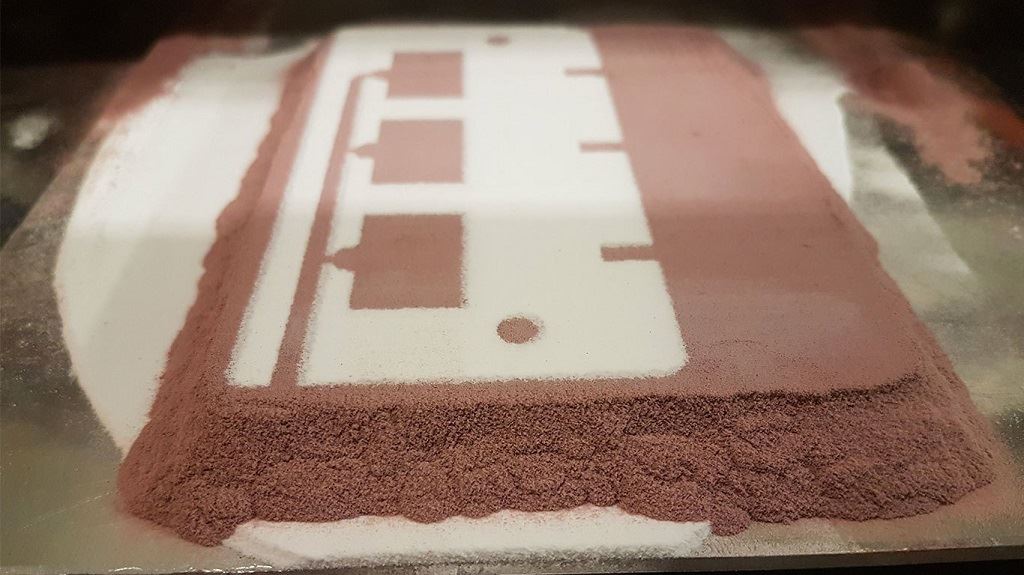
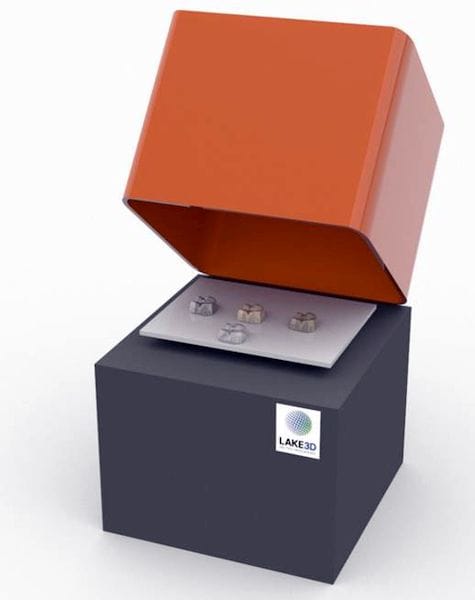
Additive Flow has unveiled a new generative design tool for additive manufacturing that has the unique ability to handle solutions for materials and mechanical design simultaneously.